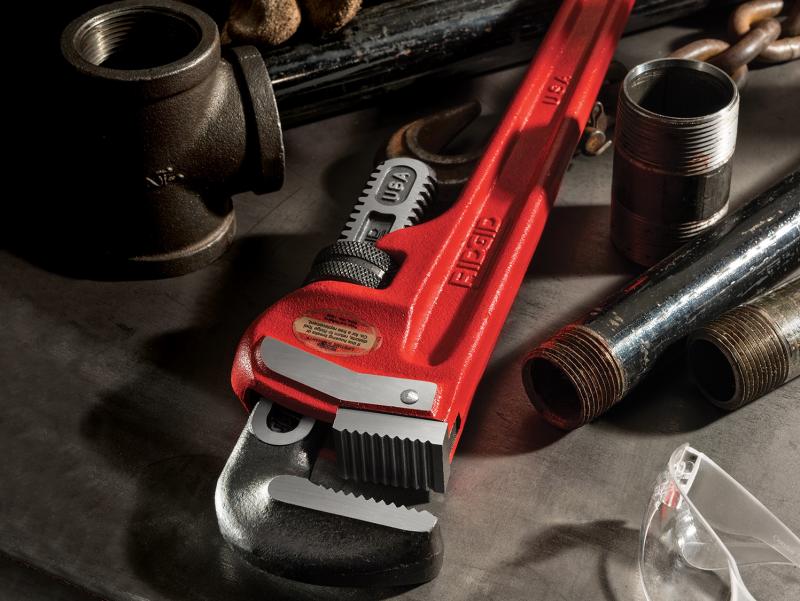Physical properties of ductile iron vs cast iron
Physically speaking, the big differentiator in ductile iron vs. gray cast iron is in the way the graphite microstructure is arranged. In gray cast iron, the graphite manifests as flakes distributed throughout the overall structure as the metal is slowly cooled. When the resulting casting is under too much tension, these flakes slide into and stack up on one another like minified tectonic plates, forming fault lines along which the casting can splinter and crack.
Conversely, in ductile cast iron, a nodulizer (often magnesium, but sometimes tellurium or cerium) influences the graphite to form spheroidal nodules (for this reason ductile iron is also sometimes called nodular iron) which are more apt to slip past one another on a microscopic level. What this does is allow the ductile iron casting to be bent or pulled with a much smaller chance of fracturing. When we talk about nodularity in a casting, we’re talking about a higher concentration of these graphite nodules that contribute to yield strength (ability to resist irreversible deformity), tensile strength (ability to resist breaking), and elongation (stretchiness).
Applications of ductile iron vs cast iron
Compared to ductile iron, gray iron is harder and more brittle. But there are many scenarios where its brittleness is not all that consequential. Furthermore, it offers excellent vibration damping and machinability, and is more economical to produce. Gray iron serves in a host of non-mechanical applications, such as hardscape (manhole covers, storm grates, etc.), counterweights, and many other items intended for general human use (gates, park benches, railings, doors, etc.). When it is employed in machinery, the stiffness of gray iron is its winning attribute, helping to offset vibration in the base of heavy machines, in brakes, and in some engine components.
However, gray iron’s lower impact and wear resistance makes it a liability in more mission-critical situations. Ductile iron compensates beautifully for these shortcomings, to the degree that it has become a trustworthy alternative to steel in many engineered applications, with a preferable strength-to-weight ratio. Demanding industries demand ductile. At Urick, we create castings for agriculture, heavy truck, rail, recreation, and more. These customers require parts that can withstand extreme forces without breaking or deforming, and that is ductile iron’s reason for being.
Can ductile iron make a difference for you?
Now that you know the difference between ductile iron and cast iron, you should have a better idea how ductile iron can make a difference for you. Urick Foundry is renowned for ductile iron castings with the best nodularity rates in the business through its proprietary vertical in-mold inoculation process, creating products primed to perform.


